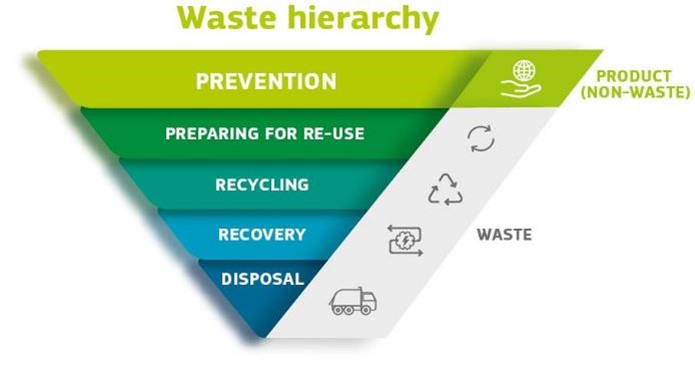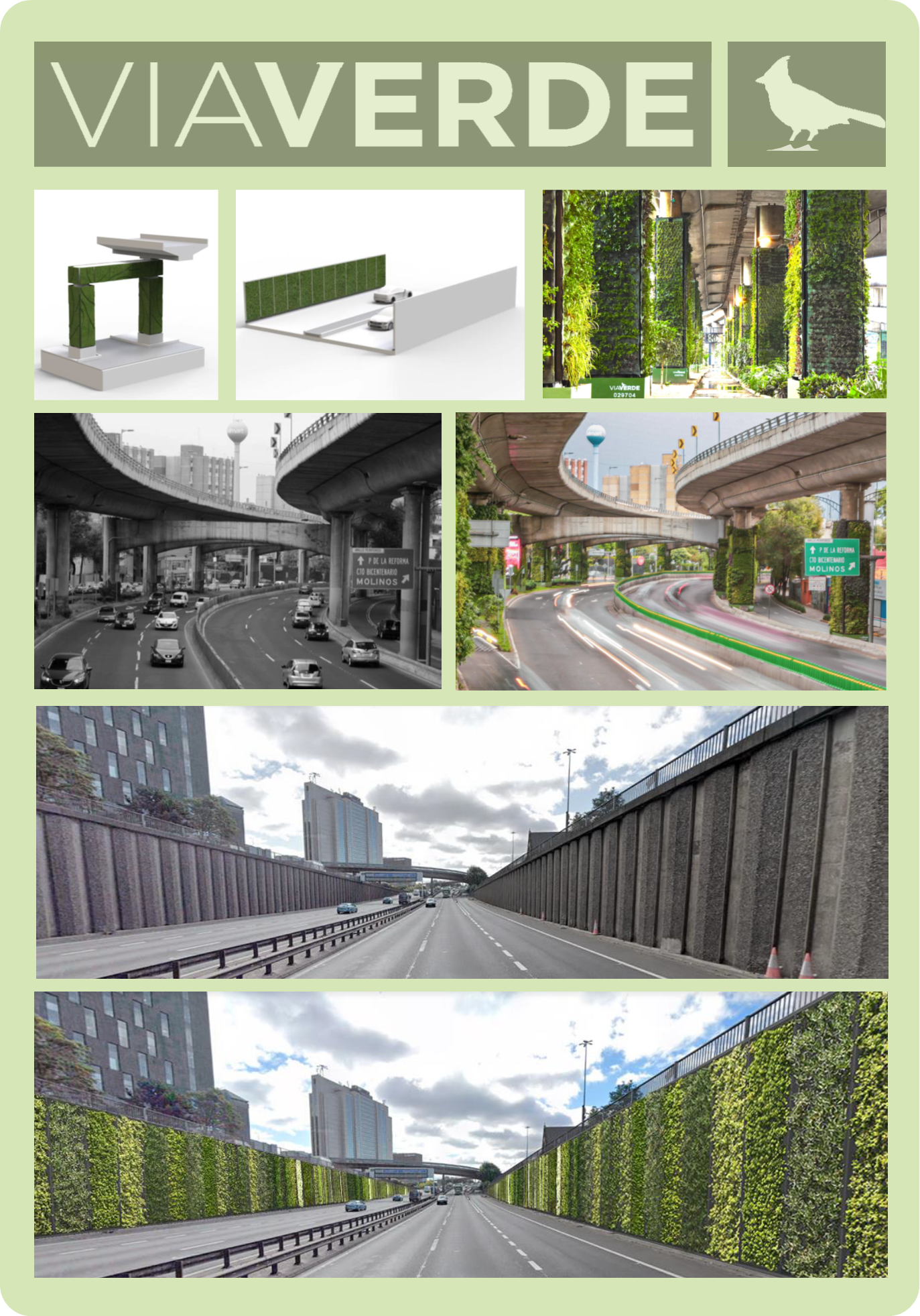Research & Development Impacting Biodiversity
The Effectiveness of Wildlife Mitigation Measures
Many of Transport Scotland’s trunk road schemes are designed with mitigation to prevent or reduce wildlife mortality. For many mammals, including nationally or internationally protected species (e.g. otters, badgers, red squirrel, pine marten, bats etc.), this often takes the form of underpasses, over-bridges, ledges along culverts and mammal fencing. This mitigation generally results from commitments made through the Design Manual for Roads and Bridges (DMRB) Stage 3 impact assessment and is required to avoid or reduce residual impacts on the populations and distribution of these species.
The primary objective of this research is to collect and utilise information from various sources to provide the Agency and the wider industry with evidence as to the effectiveness of existing mitigation. Information is being compiled from various sources including a desk study and targeted surveys on the trunk road network.
There is a widely acknowledged lack of understanding of how road networks impact on protected species at the local and regional landscape scale and how effective mitigation is in avoiding residual long-term impacts. This is articulated further in SNH Commissioned Report 1003: Developing a mitigation monitoring approach for the A9 and A96 dualling projects.
To fully quantify these impacts would require detailed long-term before and after studies, which is not an available option at this time for Transport Scotland. For this reason, the current research project seeks to focus on a subset of common mitigation structures which are installed for a range of species and are relatively easily studied. This mitigation includes underpasses, over-bridges, ledges along culverts and mammal fencing. By focusing on these structures, it is considered realistic for the research to output findings that can meaningfully inform future design and installation of these types of mitigation.
This research project is still underway and is due to report its findings by April 2024.
Vegetation Chippings
One of the commonly used methods of dealing with branches, small trees and other bits of vegetation resulting from verge-side maintenance actives is to reduce the arisings to small chippings by passing it through a mechanical chipper. This makes the waste material more manageable, particularly for transporting off site.
In years gone by, chipped vegetation was often spread straight back on the ground near to where it was removed. However, the chippings can have a detrimental effect on the roadside verges, restricting the growth of desirable ground flora and often looking unsightly. In some circumstances where the verge is on sloping ground, such as embankments or cuttings, the reduction in ground vegetation due to the covering of chippings can lead to structural slope instability due to the limited root binding affect.
According to the EU Waste Framework Directive, all waste producers have a statutory duty to apply the waste hierarchy as shown in Figure 27, namely (a) prevention; (b) preparing for re-use; (c) recycling; (d) other recovery, including energy recovery; and (e) disposal. This is illustrated in the figure below. The Scottish Government has set several ambitious targets for reducing waste and increasing recycling. By 2025, the aim is to reduce total waste arising in Scotland by 15% against 2011 levels, recycle 70% of remaining waste, and send no more than 5% of remaining waste to landfill.

Based on the above, it becomes clear that disposal of timber residues to landfills should be the last resort. Several options have been therefore considered as alternative uses of wood chips, as shown below:
Woodchip pads for sustainable out-wintering of livestock
Wood chips (WC) can be used to form pads (livestock heavy-use areas) that have a drainage layer overlain by wood chips.
Wood chips as a restoration strategy for well pad sites
WC can be used to manipulate plant community composition and improve soil parameters negatively affected by the drilling process in well pad sites.
Wood chips in reducing sheet erosion on slopes, and erosion in cut and fill slopes of forest roads
The main reason for erosion of forest roads is the elimination of protective flora on the road slopes. WC show potential in reducing the loss of sediment in the slopes of forest roads. Additionally, they can further reduce erosion of cut and fill slopes of forest roads.
Wood chips as a soil cover for construction sites with steep slopes
WC can be utilised as a soil cover to reduce the off-site movement of soil during construction activities.
Wood chips for dust control on surface-mini haul roads
Instead of using water trucks with sprinkles to wet the road surface, WC can be used to reduce the need to sprinkle for dust control.
Lightweight concrete
When the density of WC is low, then they can be used as a lightweight aggregate in concrete.
Structural reinforcement layer with woodchips for forest roads
Local waterlogging occurs in forest roads especially in the sections that are inappropriately routed. Instead of using coarse crushed stone in these sections, WC can be here employed.
Wood chips in low-volume road construction
WC fills can be here used as a means of constructing roadway embankments across swamps.
Wood chips as biomass
WC may be converted to energy, specifically as a biomass solid fuel.
After discussions with the Environmental Forum, the consensus is to employ wood chips as a source of biomass. This is because Energy from Waste (EfW) could ultimately contribute up to 31% of Scotland’s renewable heat target and 4.3% of our renewable electricity target under the Climate Change (Scotland) Act 2009. This work is still in progress, and we are currently seeking to engage with biomass manufacturers in Scotland in order to progress with this selected option.
ViaVerde: Application for Scotland
The agency has been in discussions with a company from Mexico, ViaVertical, that has developed a project entitled ViaVerde in Mexico City to transform the transport network of the city to be a healthier and more attractive urban space for the residents and road users, whilst also improving conditions for local biodiversity. This has been achieved by establishing an innovative system of ‘intelligent’ vertical gardens installed on columns, retaining walls and other infrastructure elements associated with the urban motorways. The system, once installed, is fully automated, with computer-controlled irrigation and monitoring.

Transport Scotland, on behalf of Ministers, has been in discussions with the company to determine how applicable the system might be for parts of the urban / peri-urban trunk road network in Scotland. There are significant differences between the environment, climate, and regulative context within Mexico and Scotland, which will all have an impact on whether the approach would be suited to this country, as well as challenges relating to road standards and legislation. The research and liaison is ongoing.
Figure 28 illustrates the concept and installation of the approach in Mexico City, together with an impression of what the M8 corridor through Glasgow could appear like if the system was introduced to Scotland.